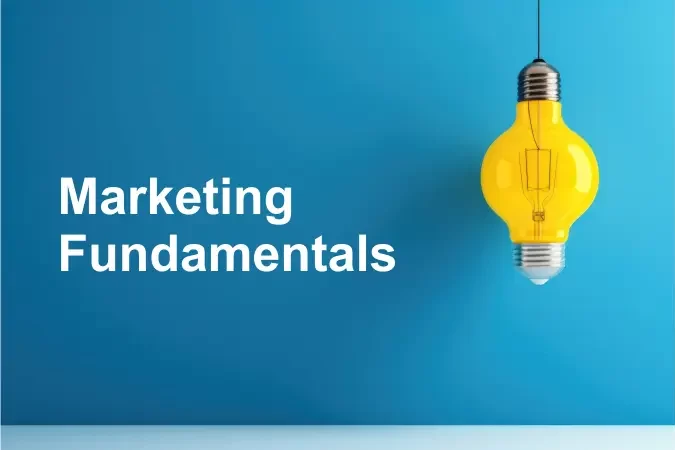COURSE DESCRIPTION
Welcome to this CSS online course!
CSS stands for Cascading Style Sheets, which is a programming language used to describe the presentation of a document written in HTML. CSS is used to control the layout, formatting, and design of web pages, and is an essential skill for anyone who wants to create professional-looking websites.
In this course, you will learn the basics of CSS, including how to style text, create layouts using CSS positioning, work with colors and backgrounds, and much more. We will cover both the fundamentals of CSS as well as some advanced techniques, so whether you are a beginner or an experienced developer, there will be something for you.
Throughout the course, we will use a combination of lectures, demonstrations, and hands-on exercises to help you learn and practice the skills you need to create beautiful and functional websites. By the end of the course, you will have a solid understanding of CSS and be able to apply your new skills to your own projects.
So let’s get started and dive into the exciting world of CSS!
In this CSS online course, you’ll learn:
- The basics of CSS syntax, including how to write CSS rules and selectors.
- How to style text using CSS properties like font-size, font-family, and color.
- How to work with different types of CSS selectors, including class selectors, ID selectors, and attribute selectors.
- How to create layouts using CSS positioning, including absolute, relative, and fixed positioning.
- How to work with CSS box model, including margin, padding, and border properties.
- How to use CSS floats to create column-based layouts.
- How to work with CSS Flexbox and Grid to create responsive layouts.
- How to work with CSS backgrounds and gradients, including how to use images and patterns as backgrounds.
- How to work with CSS transitions and animations to create dynamic effects on your web pages.
- How to create and use CSS variables to simplify your CSS code.
- How to work with CSS frameworks like Bootstrap to create responsive and scalable websites.
- Best practices for writing efficient, maintainable, and scalable CSS code.
By the end of this course, you’ll have a solid understanding of CSS and be able to use it to create beautiful, responsive, and functional websites. You’ll also have the skills and knowledge needed to continue learning and exploring the world of web development on your own.
Curriculum
- 2 Sections
- 23 Lessons
- Lifetime
- CSS Tutorial22
- 1.0CSS Introduction
- 1.1CSS Syntax
- 1.2CSS Selectors
- 1.3How To Add CSS
- 1.4CSS Comments
- 1.5CSS Colors
- 1.6CSS Backgrounds
- 1.7CSS Borders
- 1.8CSS Margins
- 1.9CSS Padding
- 1.10CSS Height/Width
- 1.11CSS Box Model
- 1.12CSS Outline
- 1.13CSS Text
- 1.14CSS Fonts
- 1.15CSS Icons
- 1.16CSS Links
- 1.17CSS Lists
- 1.18CSS Tables
- 1.19CSS Display Property
- 1.20CSS Dropdowns
- 1.21CSS Image Gallery
- Test Your Knowledge1

Courses you might be interested in
-
16 Lessons



